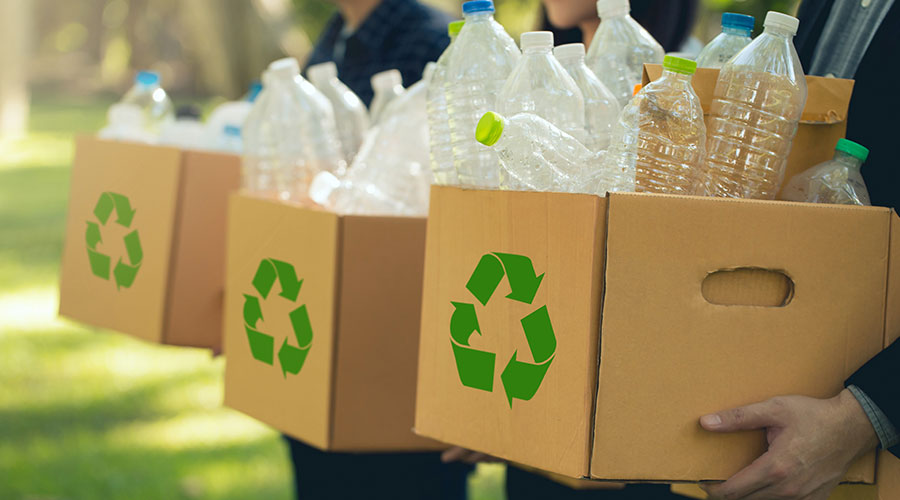Interior Product Standards Should Be Tailor-Made For Each Organization
These days, facility managers are being asked more often about the environmental attributes of the interior products in their facilities — how they perform, how they're made, and what happens to them at the end of their useful lives.
So it's becoming more important to codify the attributes or performance requirements of these products. Thankfully, facility managers have several resources for guidance when considering sustainability and how it fits into product standards.
Before turning to those resources, though, keep one basic point in mind: No interior product can rightfully be considered sustainable if it doesn't perform in a building at least as well as its non-green counterpart.
"The first and most critical thing to think about and never compromise on is functionality," says Steve Baer, senior consultant at Five Winds International and former chair of the LEED Materials & Resources Technical Advisory Group. "If you pick a product and throw it out because it doesn't work, that's the worst environmental choice you can make."
So experts suggest creating standards for products that have been proven to perform well over time or that have a particular warranty. Ideally, facility mangers should look to strike a balance between performance and sustainable criteria.
Sustainable Product Accounting
It's Monday morning. You're just getting off the phone with an annoyed coworker who wants you to explain why the weekend cleaning crew threw away the pile of receipts she'd left on the floor next to the trashcan. Suddenly, the CFO, who has just returned from a conference, breezes into your cube and asks what percentage of the interior products in the company's buildings carry a green certification or label.
Many facility managers would be caught totally off guard by that question. They'd probably improvise a response and tell the CFO they'll get more data together as soon as possible, mentally cringing at the amount of work required to compile that information. Others could easily consult their standards manual and purchasing tracking system and say something like, "Eighty five percent of carpeting purchased in the last five years has met the low-VOC standard specified in the LEED for Commercial Interiors rating system. The goal for 2012 is to take that figure up to 100 percent."
Indeed, quantifiable accountability for facility managers is extending beyond the notions of kilowatt hours saved or gallons of water not used.
"There's much more pressure on facility and property managers to have tangible, detailed information about what's in a building and how they're making purchasing decisions," says Elaine Aye, principal with Green Building Services. "Where the industry is going in general is more accountability and more reporting."
So it's important that — hand-in-hand with the development of interior product standards — facility managers develop a system to account for how much of the products they're buying actually meet those standards. This can gain a facility manager quite a bit of clout on that Monday morning surprise visit from the CFO.
— Greg Zimmerman
|
Related Topics:














